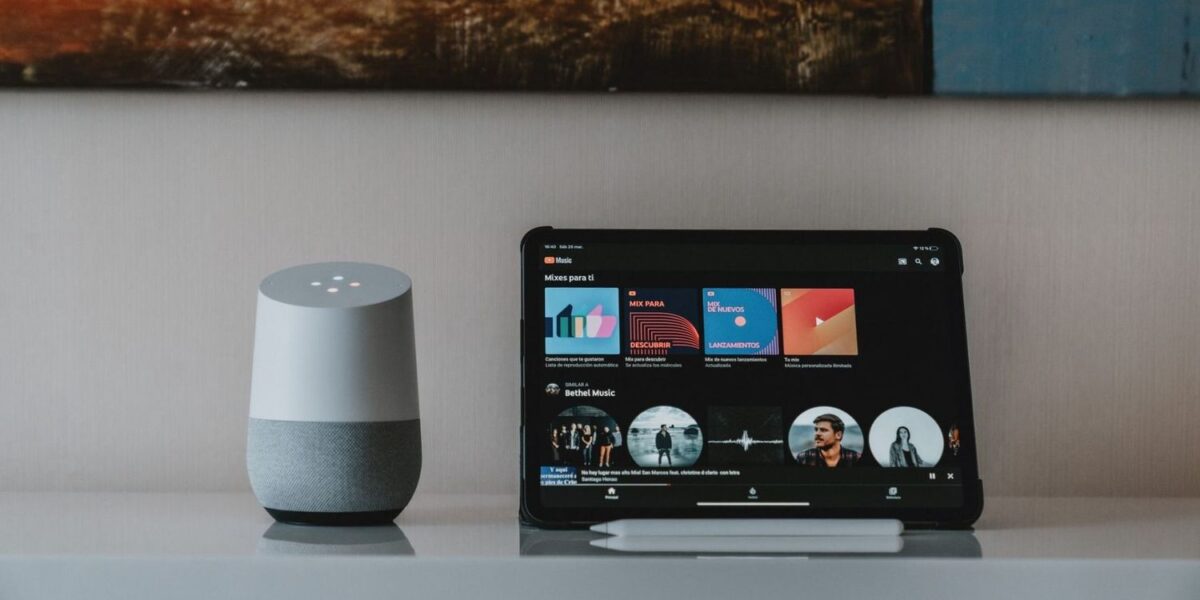Exploring the Exciting World of IoT – What You Need to Know!

[ad_1]
As the world becomes more connected, the Internet of Things (IoT) is becoming an increasingly popular buzzword. Simply put, IoT refers to the network of physical devices, vehicles, home appliances, and other items connected to the internet that can collect and exchange data.
The IoT, while still a relatively new concept, has the potential to revolutionize the way we live and work. It can improve efficiency, reduce costs, and offer real-time insights into the world around us. In this article, we’ll explore the exciting world of IoT and what you need to know to get started.
First, let’s look at some examples of where IoT is already being used. Smart home devices like Amazon’s Alexa and Google Home are excellent examples of IoT devices that allow users to control their homes via voice commands. Similarly, smart thermostats like Nest can learn your preferences and adjust your home’s temperature accordingly.
In industries such as manufacturing, the IoT can help optimize operations and reduce costs. For example, by using sensors to track machinery and equipment, businesses can predict when maintenance is needed and avoid costly downtime.
Agriculture is another industry that is starting to embrace the IoT. By using sensors to collect data on soil quality, moisture levels, and weather patterns, farmers can make data-driven decisions about planting, irrigation, and more.
When it comes to IoT devices, there are a few key considerations to keep in mind. First, it’s crucial to ensure that the devices you are using have adequate security measures in place. As more devices become connected to the internet, there is a greater risk of security breaches if proper precautions are not taken.
Second, it’s important to consider how your devices will interact with each other. Many IoT devices come with their own proprietary platforms, which can make it difficult to integrate them into existing systems. Look for devices that are compatible with popular platforms like Alexa or Google Home to simplify integration.
Finally, consider how you will use the data collected from your IoT devices. The amount of data generated by IoT devices can be overwhelming, so it’s crucial to have a plan in place for analyzing and using this data.
In conclusion, while the IoT is still in its early stages, it has the potential to transform the way we live and work. From smart homes and manufacturing to agriculture and beyond, IoT devices promise to offer real-time insights and improve efficiency while reducing costs. When considering using IoT devices, keep security, compatibility, and data usage in mind to help ensure a successful and productive experience.
[ad_2]
